 As the Shie Hassaikai arc roars toward a conclusion, I still find myself a little puzzled by it. More precisely, I find myself puzzled by my response to it. It seems to be generally well-regarded as far as I can tell, but I’ve never quite bonded with it in the way I did with some of the earlier “epic” arcs with which it’s clearly competing. I don’t quite know why – everything about it seems to be in order. The supporting characters are good, the villains are distinct, there’s certainly a tangible sense of threat. What’s missing, I’ve always wondered?
As the Shie Hassaikai arc roars toward a conclusion, I still find myself a little puzzled by it. More precisely, I find myself puzzled by my response to it. It seems to be generally well-regarded as far as I can tell, but I’ve never quite bonded with it in the way I did with some of the earlier “epic” arcs with which it’s clearly competing. I don’t quite know why – everything about it seems to be in order. The supporting characters are good, the villains are distinct, there’s certainly a tangible sense of threat. What’s missing, I’ve always wondered?
 It had occurred to me that I might feel differently seeing this arc play out in the anime but in truth, I feel about the same way. I’m intellectually engaged and even emotionally to a certain extent, but the circuit won’t quite close. I enjoy the fact that All Might’s absence ramps up the fear factor and the premise has a nice elegance to it, but I just don’t care quite as much as I usually do with HeroAca. The standard with Boku no Hero Academia is awfully high – if this were a new series I’d be marvelling that shounen had a new blockbuster on its hands, but it’s not.
It had occurred to me that I might feel differently seeing this arc play out in the anime but in truth, I feel about the same way. I’m intellectually engaged and even emotionally to a certain extent, but the circuit won’t quite close. I enjoy the fact that All Might’s absence ramps up the fear factor and the premise has a nice elegance to it, but I just don’t care quite as much as I usually do with HeroAca. The standard with Boku no Hero Academia is awfully high – if this were a new series I’d be marvelling that shounen had a new blockbuster on its hands, but it’s not.
 I can’t point to any one thing, but I could take a stab at two. First, there’s not much sense of moral ambiguity to this arc, which we’ve often had in the major arcs earlier. Overhaul is a flat-out nasty that it’s hard to get behind him – even Shigaraki has a certain tragic side to him. As well, the essential characters – Deku, Bakugo, Torodoki, the aforementioned Toshinori – are of relatively minor importance in “Shie Hassaikai”, and maybe the narrative misses their charisma a little. Too many B-listers and new faces taking up too much screen time, perhaps?
I can’t point to any one thing, but I could take a stab at two. First, there’s not much sense of moral ambiguity to this arc, which we’ve often had in the major arcs earlier. Overhaul is a flat-out nasty that it’s hard to get behind him – even Shigaraki has a certain tragic side to him. As well, the essential characters – Deku, Bakugo, Torodoki, the aforementioned Toshinori – are of relatively minor importance in “Shie Hassaikai”, and maybe the narrative misses their charisma a little. Too many B-listers and new faces taking up too much screen time, perhaps?
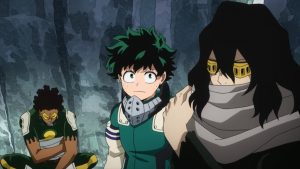 Be that as it may, this is still a very good story, and told in quite stylish fashion by the rejiggered anime staff. The moment of truth certainly carries high stakes, as Nighteye, Eraser and Deku make their way towards their fated showdown with Overhaul. By this point of course Lemillion has been robbed of his quirk by red bullet #1, leaving him only his wits and fists to try and protect Eri. Aizawa manages to temporarily rob Overhaul of his quirk, but Chronostasis takes him out and sidelines him (as a quirk-negater, Eraser is of particular interest to Overhaul).
Be that as it may, this is still a very good story, and told in quite stylish fashion by the rejiggered anime staff. The moment of truth certainly carries high stakes, as Nighteye, Eraser and Deku make their way towards their fated showdown with Overhaul. By this point of course Lemillion has been robbed of his quirk by red bullet #1, leaving him only his wits and fists to try and protect Eri. Aizawa manages to temporarily rob Overhaul of his quirk, but Chronostasis takes him out and sidelines him (as a quirk-negater, Eraser is of particular interest to Overhaul).
 This is where things get really interesting. Overhaul disassembles (that’s a kind way of putting it) the unconscious Nemoto and fuses himself with him, healing his body and restoring his quirk (enhancing, in fact). And here we face a cruel truth – gadgety cheats are fine, but Nighteye’s quirk is not well-suited for combat. That puts all the pressure on Izuku, really, because he’s the only one of the good guys present who’s well-suited to a straight-up battle. Nighteye knows this of course but still orders Izuku away to protect Eri and the basically defenseless and wounded Mirio, electing to take on Chisaki himself knowing full well what will happen.
This is where things get really interesting. Overhaul disassembles (that’s a kind way of putting it) the unconscious Nemoto and fuses himself with him, healing his body and restoring his quirk (enhancing, in fact). And here we face a cruel truth – gadgety cheats are fine, but Nighteye’s quirk is not well-suited for combat. That puts all the pressure on Izuku, really, because he’s the only one of the good guys present who’s well-suited to a straight-up battle. Nighteye knows this of course but still orders Izuku away to protect Eri and the basically defenseless and wounded Mirio, electing to take on Chisaki himself knowing full well what will happen.
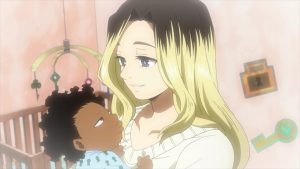 If there’s anyone or anything about this arc that really resonates with me it’s Nighteye, because the pathos inherent in his character is quite powerful. He hates his quirk, basically – not only because of what it makes him see (like All Might’s demise) but because he’s worried that he might not just be seeing people’s futures, but dictating them. What decent person would ever want to live with that responsibility? And what he’s seen in the last moments of this struggle is not pretty by any stretch of the imagination. I actually don’t care that much about Eri to be honest, because I don’t think Horikoshi has really given us reason to. But seeing what Mirio and Nighteye are going through to save her – that’s where this arc has its greatest resonance with me.
If there’s anyone or anything about this arc that really resonates with me it’s Nighteye, because the pathos inherent in his character is quite powerful. He hates his quirk, basically – not only because of what it makes him see (like All Might’s demise) but because he’s worried that he might not just be seeing people’s futures, but dictating them. What decent person would ever want to live with that responsibility? And what he’s seen in the last moments of this struggle is not pretty by any stretch of the imagination. I actually don’t care that much about Eri to be honest, because I don’t think Horikoshi has really given us reason to. But seeing what Mirio and Nighteye are going through to save her – that’s where this arc has its greatest resonance with me.


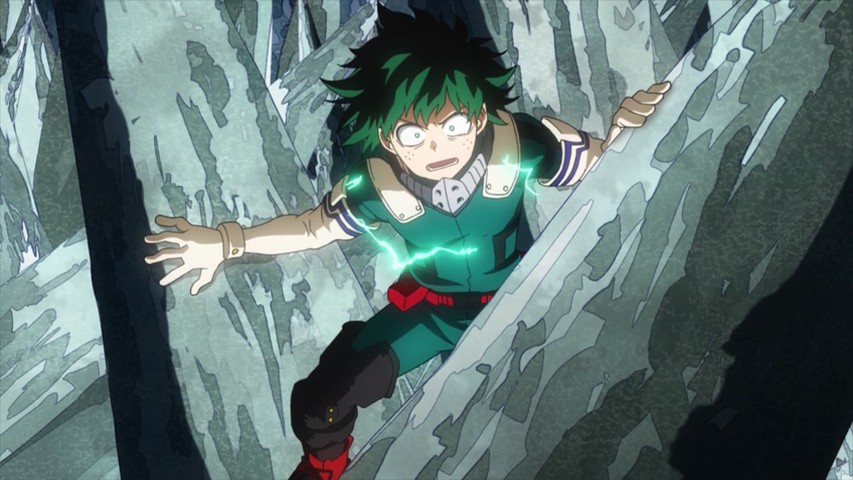
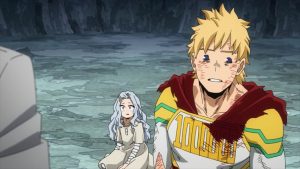
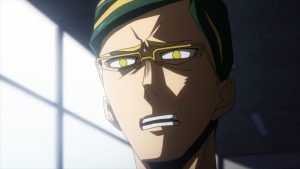
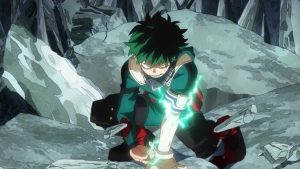
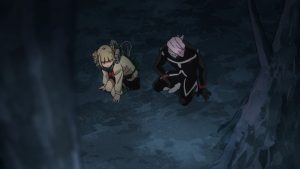

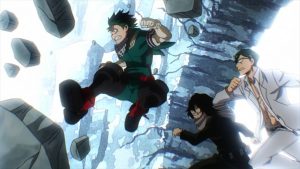

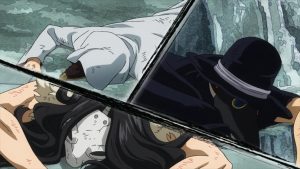
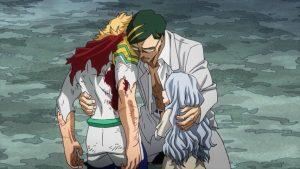
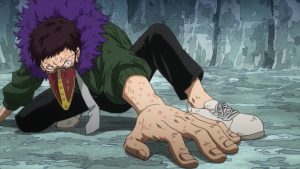
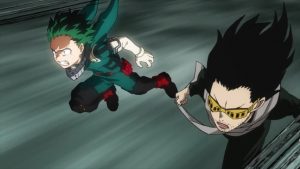

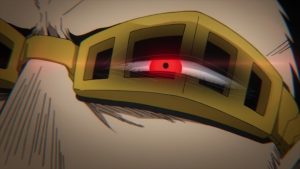
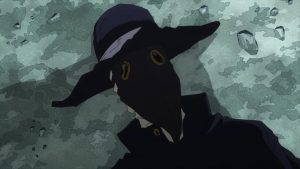
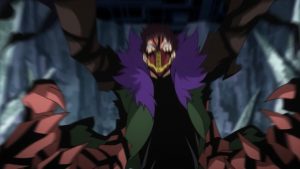
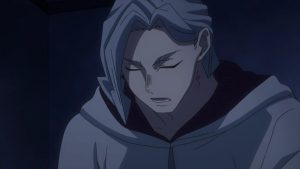

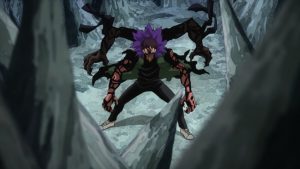
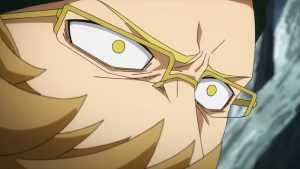
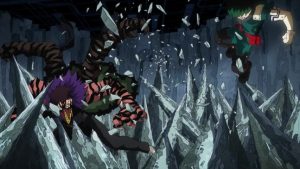
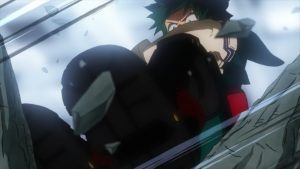
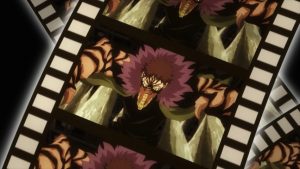



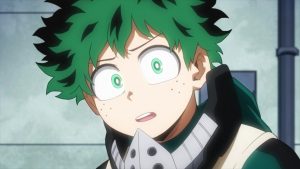
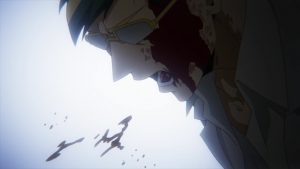
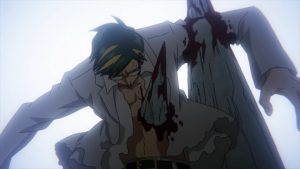
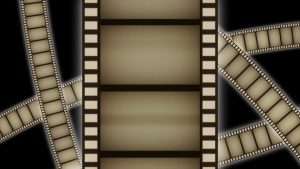

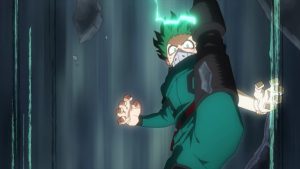

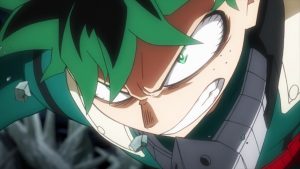

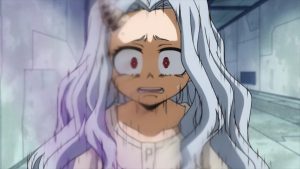
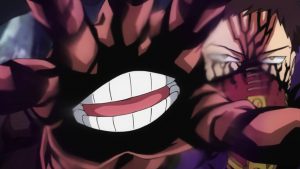





raikou
January 6, 2020 at 11:16 amThis is the point where Horikoshi makes a lot of misstep, I think.
Make Mirio/Lemillion with a powerful mastery of permeation, yet his quirk is erased in the same arc, I don’t get the overall point.
Also, Overhaul’s quirk is too OP, it’s like Scar FMA final form (with both arms) but greater output, and I think using this quirk at this point of story is kinda early. it should be saved for, much more bigger arc.
Deku can’t use his usual enemy analyzing because his option is too limited, OFA only can be used for punching and kicking at this point and it won’t help against much stronger quirk like this. Horikoshi needs to bring Aizawa here so that Chisaki can be negated for a short while, it’s so obvious.
Overall the battle is not enjoyable at all for me.
Krize
January 7, 2020 at 2:48 amI agree in regards to Mirio. Given the nature of this story and the way he comes into it I figured he was destined for some sort of tragedy, but I didn’t think it would happen so soon after his introduction. Definitely thought he was going to pal around for a few arcs first.
sonicsenryaku
January 6, 2020 at 1:13 pmI find it a bit funny that in your musings to try to pinpoint why the hassaikai arc doesn’t grip you as much as the past arcs of my hero did, you only mentioned your lack of investment in Eri in passing rather than emphasizing it, as that’s probably the real reason why you feel slightly detached from this arc proceedings. Every My hero arc up until this point has had a fullproof formula that made them as successful as they were: they either had a central conflict revolving around the arc’s “central victim” or the arc central conflict would be the vices and insecurities our main cast of characters were grappling with. Either way, each arc would do its best to make the central victim’s conflict or the insecurities being explored, as fully realized as possible. In the Yuei tournament arc, the central victim was Todoroki and his insecurities born from family abuse. In the Stain arc, Iida was the central victim; in the camp /bakugou rescue arc, bakugou and all might are the central victims; you get it. In all those arcs, the central victim or insecurity of focus were ones occurring with characters with whom the narrative had already established enough layers to their personhood and their trauma for us as the viewers to be invested. What the characters were fighting for and who they were fighting for had been well-defined, characterized, and explored; they had more going on with them as people, which made for interesting drama.
When it comes to the Hassaikai arc however, this is not the case. Like or not, Eri is the central victim of this arc and unfortunately there just isn’t enough characterized about her to make the drama surrounding her rescue more evocative. All the previous arcs had emotional hooks that had been realized more cogently than this one, which makes this arc feel less powerful by comparison (“comparison” being the operative word) despite having moments orbit this arc that can be described as emotionally gripping. The thing is, every My Hero arc has events surrounding the central plot that stand out; however, what makes the arc complete and enthralling rests on the strength of the central conflict, who is involved, and what dilemma is being explored. This arc has all the narrative flourishes of a good my hero academia story; but those pieces itself aren’t as strong; or so it seems anyway.
Guardian Enzo
January 6, 2020 at 2:43 pmI don’t think that’s quite right, at least from my perspective. It’s more a general lack of pathos than anything. Yes, Eri is part of it but she’s more a symptom than a cause. In a vacuum Eri, Mirio, Chisaki – they’re all fine for what they are. But there’s no nuance, no subtlety. We spent a whole series getting to know Izuku, All Might, Kacchan, Todoroki – we’re already invested when those arcs start. Here, we get these new characters tossed at us and are basically told to care about them. I do, but not as much. Mirio is a good guy who takes risks for others. Eri is a cute child exploited by a bad man. Chisaki is a nasty’s nasty. All good, but very surface-level.
Without the ongoing drama of Toshinori’s slow march towards oblivion and the effect it has on Deku, you really need the one-off characters – especially the villain – to provide a lot of depth. I think the Hero Killer arc would have worked even at this point in the story because Stain is such a fantastic villain – and his story explores some really difficult and challenging ideas. Overhaul isn’t that. That’s why I say Sir Nighteye is the best part of the arc, because his story does have real pathos, and he’s a very complicated person.
sonicsenryaku
January 6, 2020 at 4:37 pmYea I agree with everything you’ve said, which is what I was trying to imply when i said that Eri is the issue. Yes, Eri is more of a symptom than the cause, but she’s a symptom to which you can trace a lot of what’s holding this arc back from being a heavy-hitter. When i said she was the problem I didn’t mean that her character was dragging the arc down, but rather, her drama (and the villains involved in it) doesn’t have what it takes to be the central conflict of this arc as it doesn’t pack enough nuance and intricacy to challenge the characters and their ideals in particularly interesting ways, which is ultimately taking a toll on the pathos of the narrative itself. Like you said, in a vacuum, the plot threads and developments that have transpired in this arc are good, but they don’t exist in a vacuum.
Ultimately, I’m criticizing this arc for not attempting to make it’s central conflict as emotionally insightful and engrossing as the arcs that came before, and a lot of that has to do with how superficial the writing behind Eri’s dilemma is. Izuku and Mirio’s motivations are solely based on saving Eri and stopping Chisaki; however, Eri as a character is kind of one-dimensional; her trauma, while sad, isn’t all that fleshed out, and both Izuku and Mirio respond to that conflict in the exact same way; being selfless and tenacious in their goal to make sure Eri is saved without a real difference in narrative approach (although someone could argue that Mirio losing his quirk is a refreshing angle the story takes in making his involvement in Eri’s rescue mission narratively different from Izuku’s while also paralleling his quirkless bravery in the beginning of the series) . Sure, Kirishima pushes himself further than he ever has up until this point, Mirio has an emotionally arousing struggle in the form of him giving his all despite the odds in order to protect Eri, and watching Izuku do his best to always do what’s right is always endearing, but we’ve already seen stuff like this done before, and done under motivations that led to exploring the broader themes of the show and the perspectives of the characters much better than what we are getting here. The heights our three aforementioned characters achieve during this arc are pretty fucking rad (shame the animation isn’t as on point this season), but the mechanisms preceding these achievements haven’t been as sterling in their construction or execution in comparison to previous arc. So yea, i would personally blame weaker pathos in this arc on the central conflict being Eri. Again, not because of her character in particular, but because how the entire story surrounding her isn’t as captivating. I’ve already thought of 3 ways to improve some of its issues of this arc, and all of them have to do with making the drama surrounding Eri much more personal and giving said character and the villain attached to her dimensions.
Kurik
January 6, 2020 at 11:05 pmI am in agreement with both of you. I have felt, for sometime, that the drive for Mirio and Deku has felt a bit hollow as it relates to Eri and I think that is due to the fact that she isn’t fleshed out properly. If we had an episode dedicated to her prior to all this, expanding on what Overhaul was doing to her that was shown in the flashbacks of this episode, then I think the investment would be stronger. Right now I am just enjoying the show from a superficial standpoint but not really into, similarly I think to how Enzo is experiencing it. A good episode but nothing compared to previous arcs.
Krize
January 7, 2020 at 2:58 amWhen Overhaul called Mirio’s willingness to sacrifice his body and powers to save Eri “diseased”, and “something he would correct”, it caught a flash on interest from me. Like with other aspects, I wish we had time to get more into Overhaul’s head and get a sense of his philosophy. Although some people have said this arc is dragging, I feel more like it’s rushed. We’ve jumped into what feels like the climax without any of the measured, deliberate piece-setting that defines so much of the best emotional heights of this series.
Guardian Enzo
January 7, 2020 at 9:11 amAgreed – there’s the nut of something interesting there, but like most of what happens in this arc it never gets fully developed. My feeling is that in seeming contradictory fashion, this arc seems to drag because it was rushed – in the sense that the themes and new characters didn’t get the buildup Horikoshi usually gives them. That to me is why Nighteye stands out, because his story is the only one in the arc that’s fleshed out in usual HeroAca fashion.
This was about the time when we started to see short hiatuses, 12-13 page chapters and some spartan artwork creeping in, all signs that Horikoshi could be wilting a bit under the strain of being in charge of at the time possibly the second-most popular manga and anime franchise worldwide.